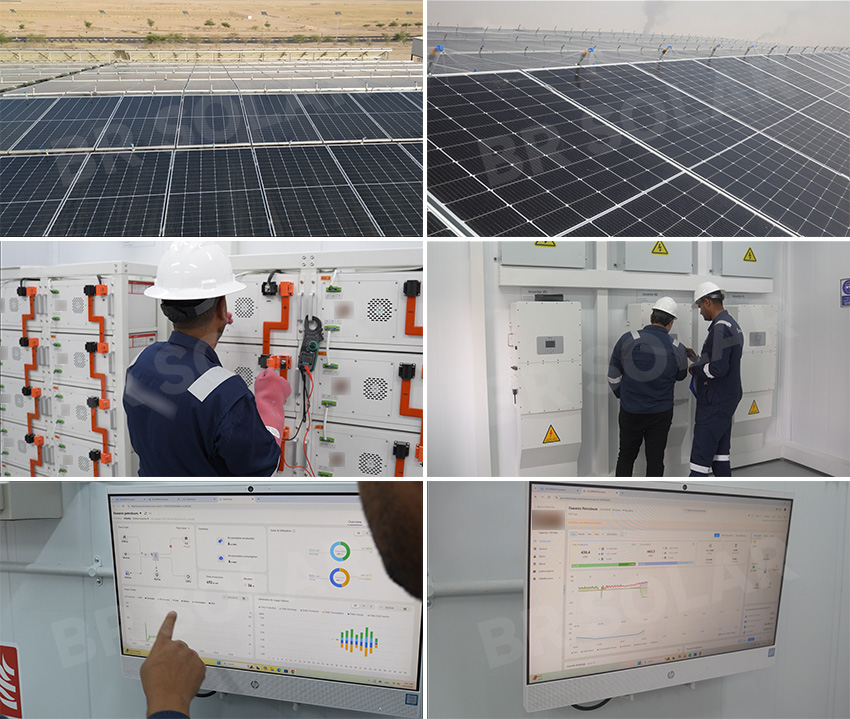With the increase in energy demand, the impact of climate and environment, and the advancement of technology, Asia’s solar market is experiencing unprecedented growth. With solar resources and diverse market demand, supported by active government policies and cross-border cooperation, the Asian region has become a hot spot for global solar deployment.
Driven by industrial power shortages and ambitious renewable energy targets, Vietnam’s solar power generation capacity has soared from 5 MW in 2014 to 17,000 MW in 2023. Similarly, Thailand’s solar power generation capacity will grow to 3,181 MW by 2023. The Philippines, with an annual irradiation of 1,600-2,300 kWh/m2, faces a 3GW solar power shortage, which has prompted investment in utility-scale and distributed systems. In Southeast Asia, countries such as Vietnam, Thailand and the Philippines are at the forefront. In South Asia, India added 31.9 GW of solar capacity in 2024, focusing on utility projects, while Pakistan reached 17 GW in four years.
Asian governments are accelerating the adoption of solar energy through subsidies, tax incentives and renewable energy targets. ASEAN aims to increase renewable energy to 23% of its energy mix by 2025. Key measures include:
Thailand: Zero tariffs on solar imports, tax breaks for rooftop installations, and a 51% renewable energy target by 2037.
Vietnam: A feed-in tariff (FiT) of 671 VND/kWh is imposed on rooftop solar surpluses, with a goal of 50% building solar adoption by 2030.
Malaysia: Cash subsidies of up to 4,000 ringgit for residential solar and exemption of income tax for solar leasing companies until 2026.
Many of our customers are already taking action, what are you waiting for? Let’s take a look at the installation project display pictures of our customers? I believe it will shock you! If you want to see more pictures and videos, contact us now! Looking forward to your inquiry!
Attn: Mr Frank Liang
Mob./WhatsApp/Wechat:+86-13937319271
Email: [email protected]
Web: www.wesolarsystem.com
Post time: May-23-2025

